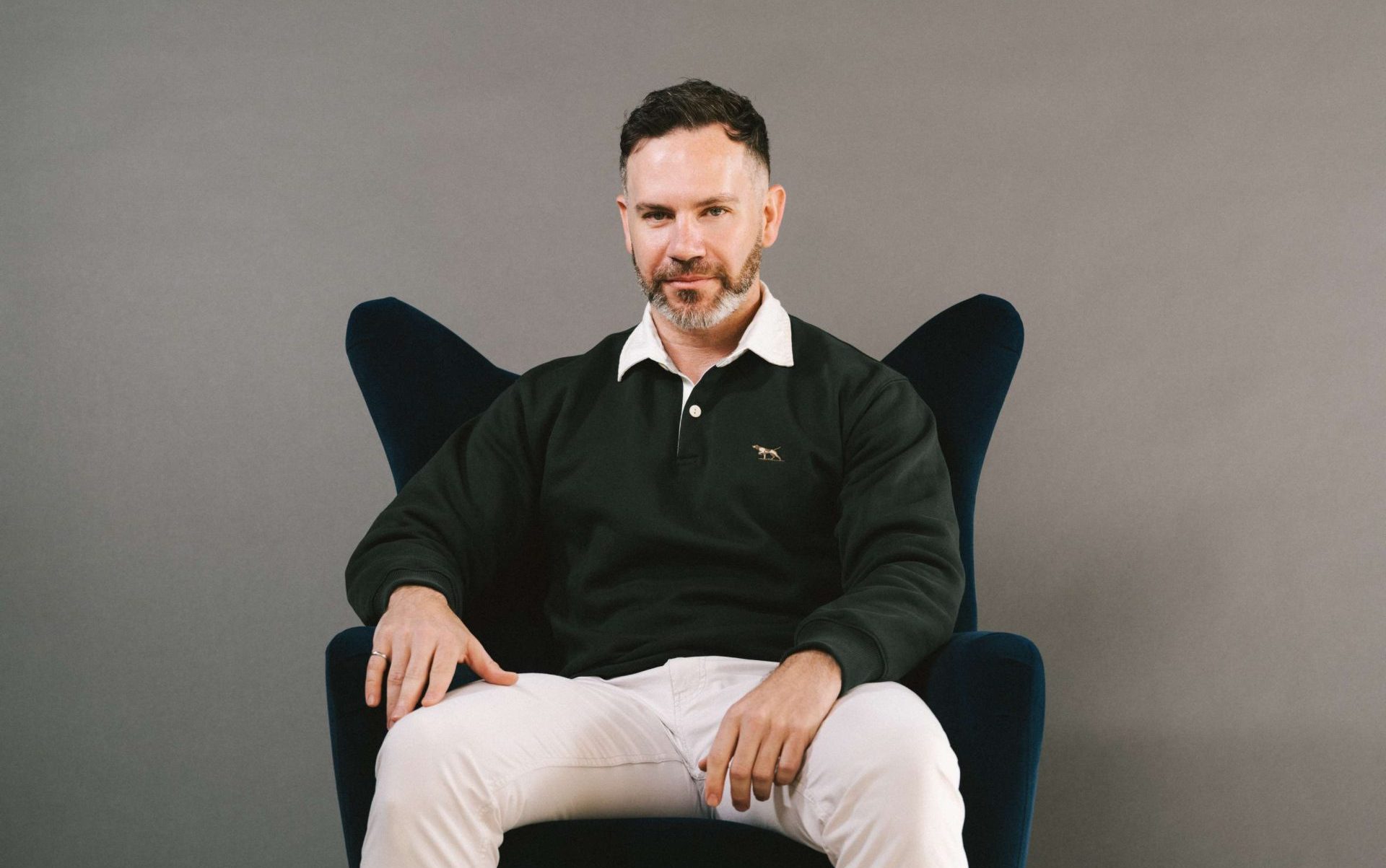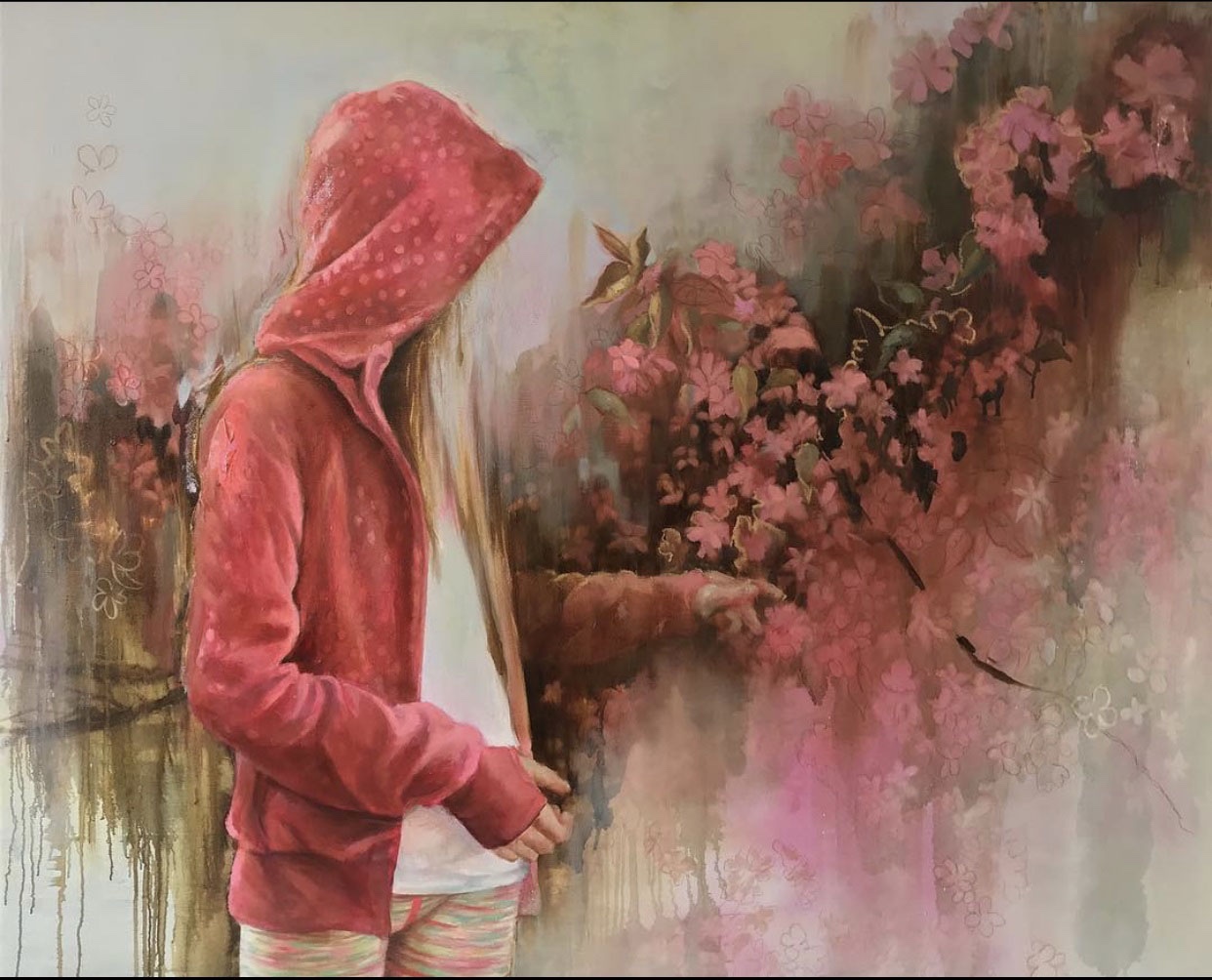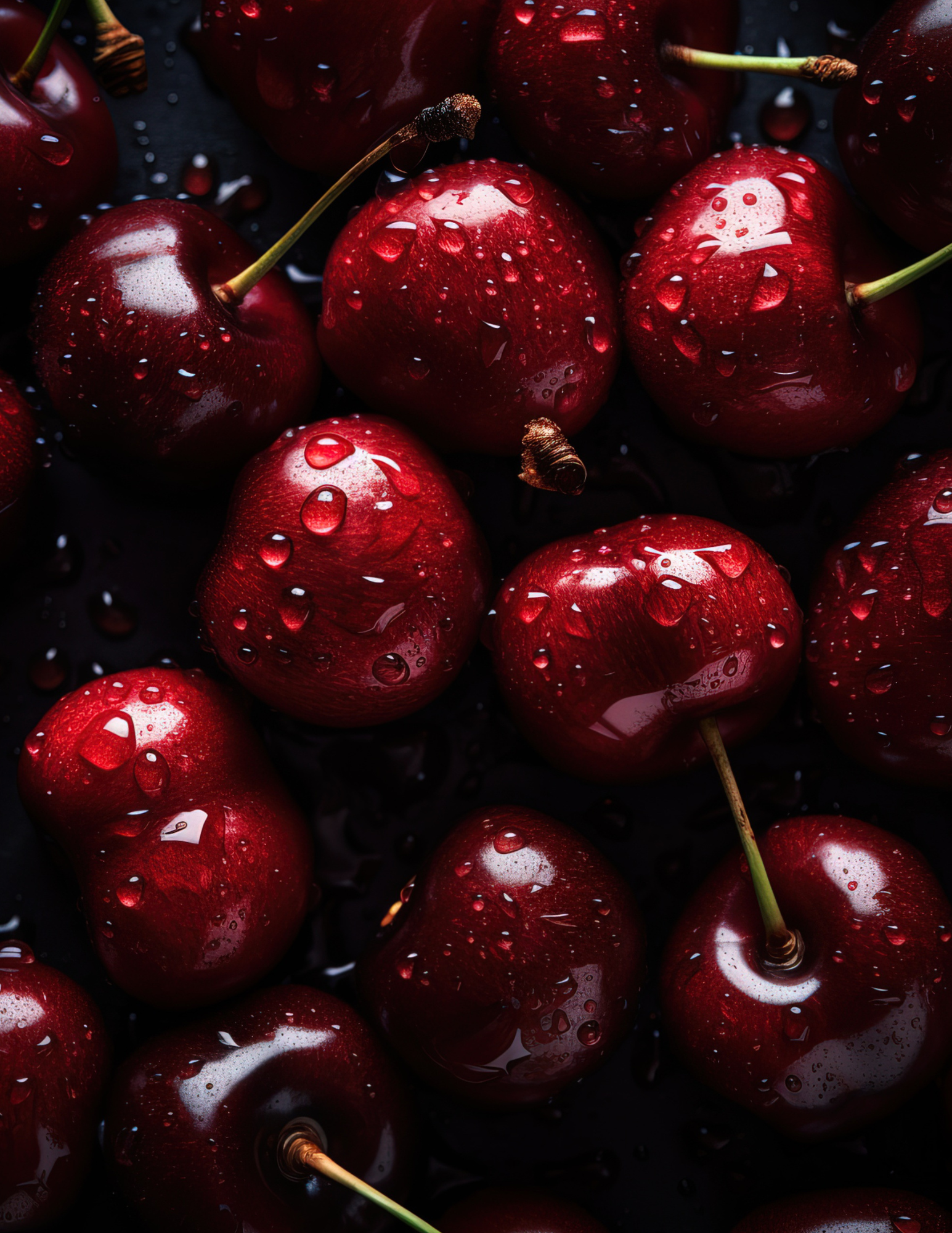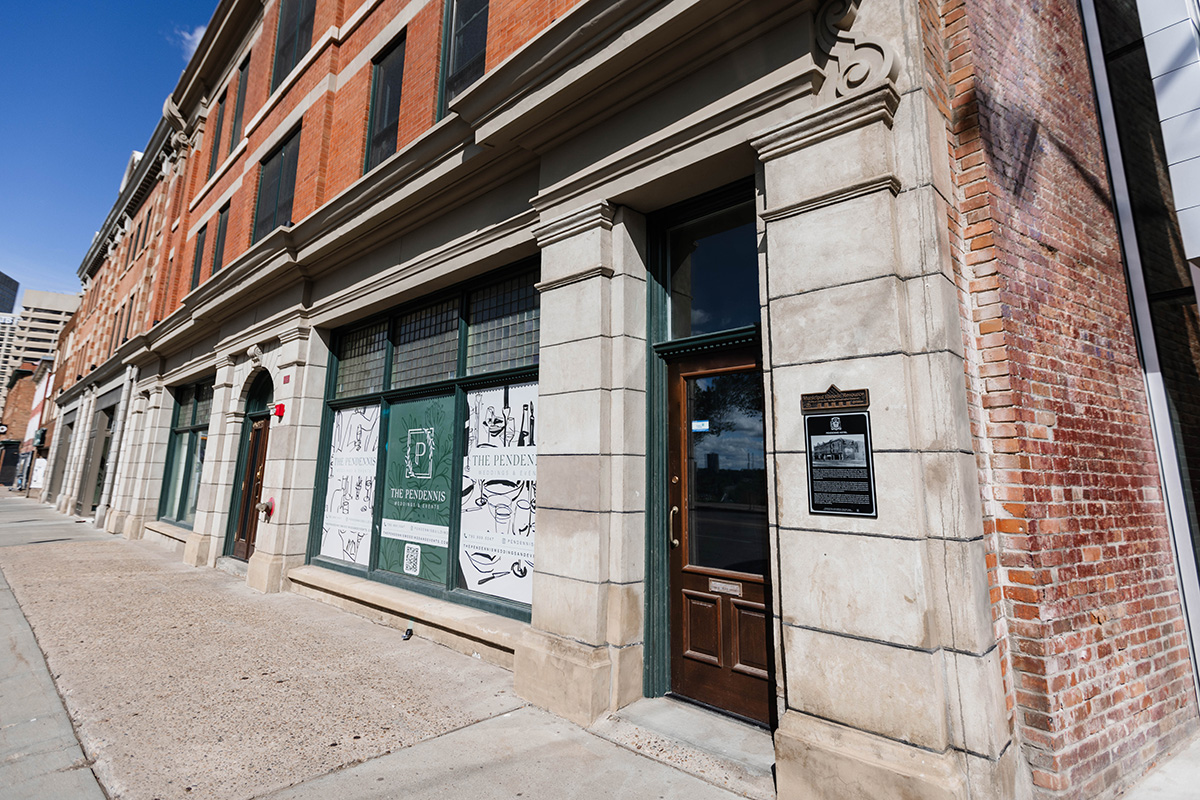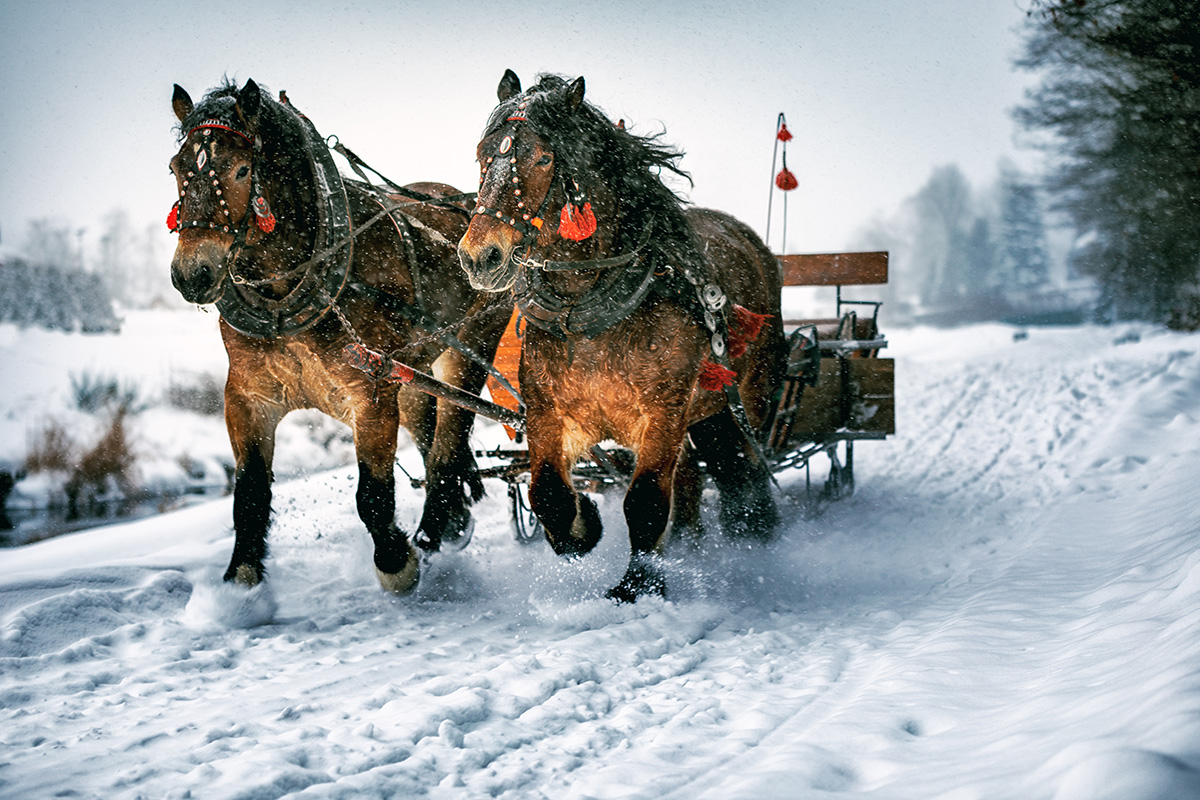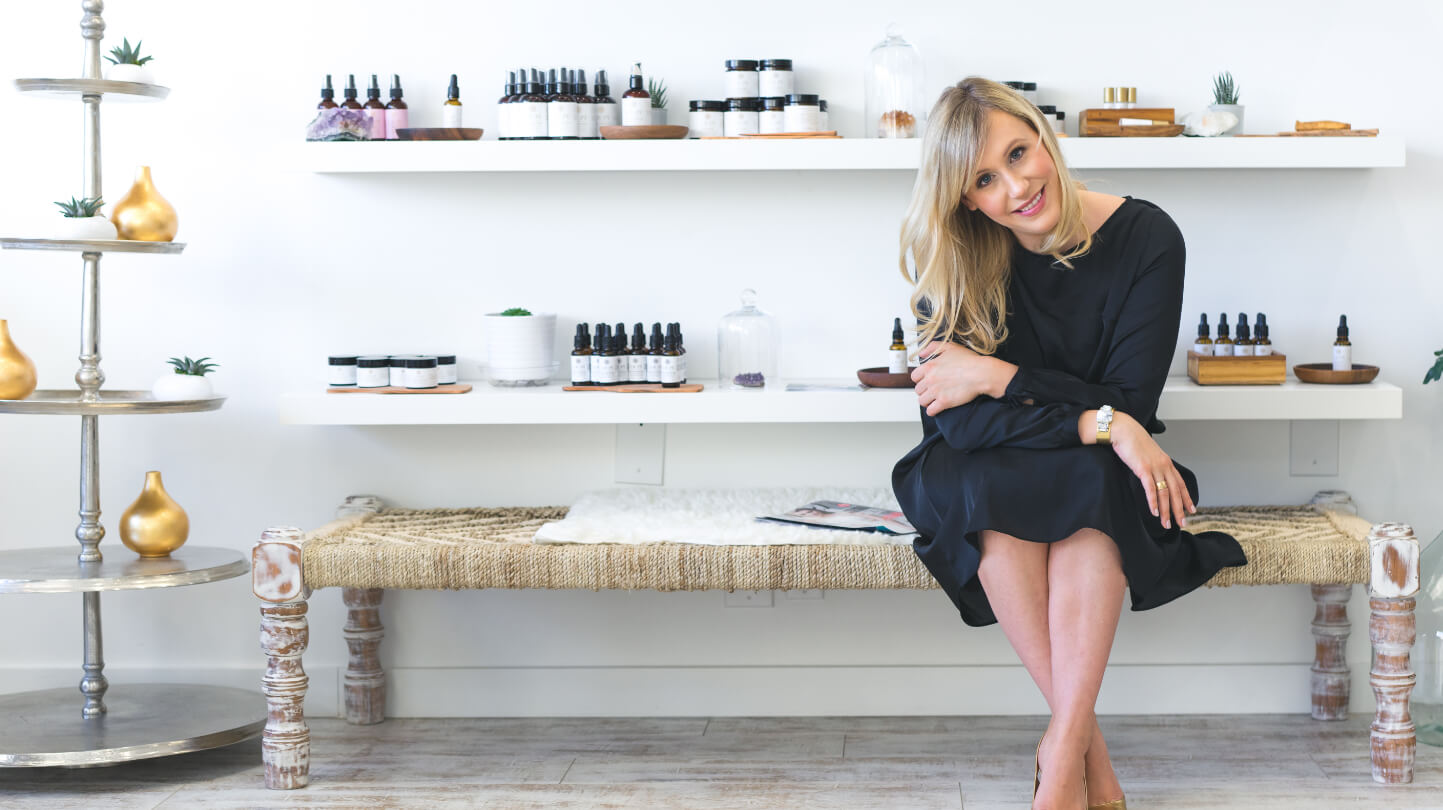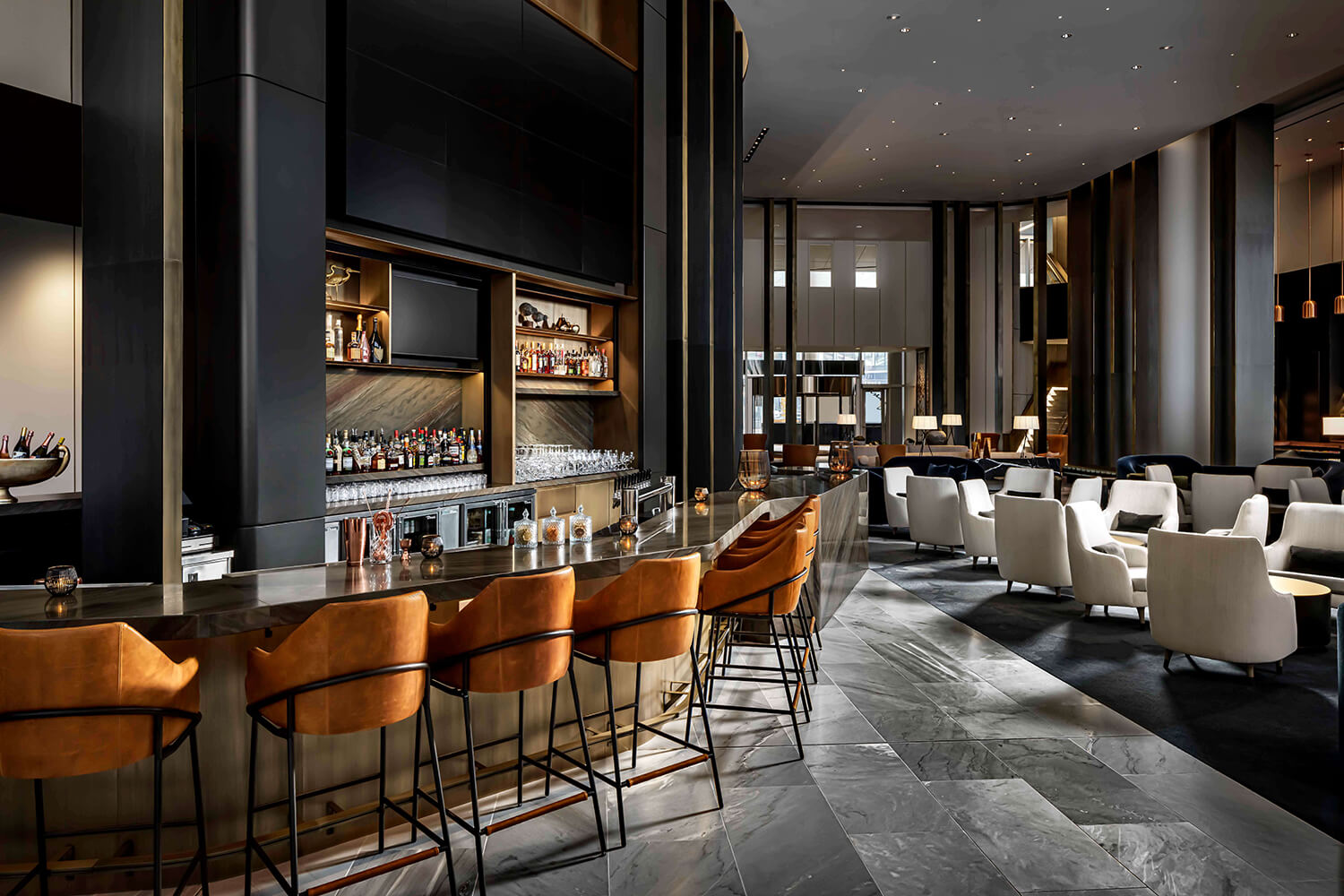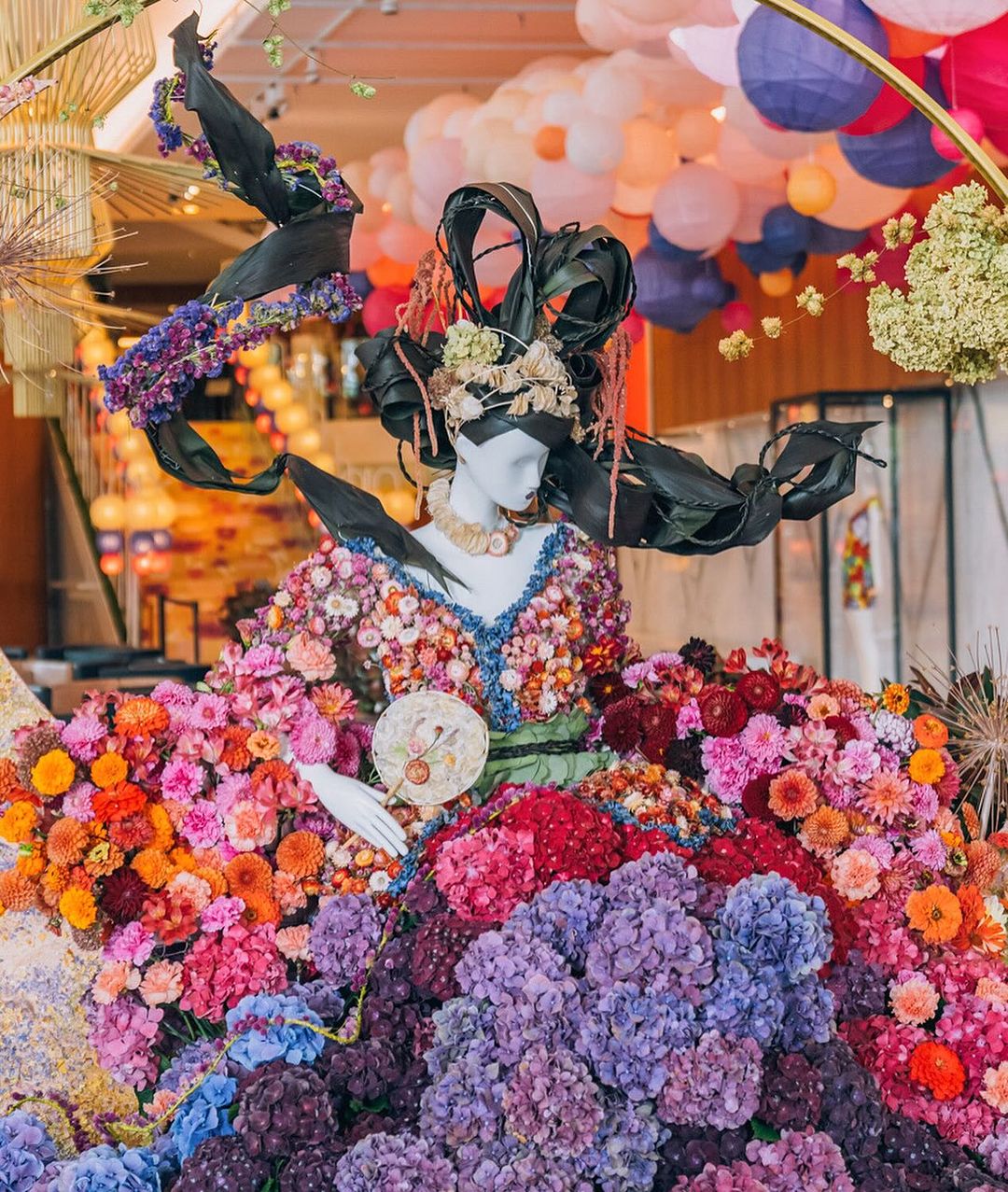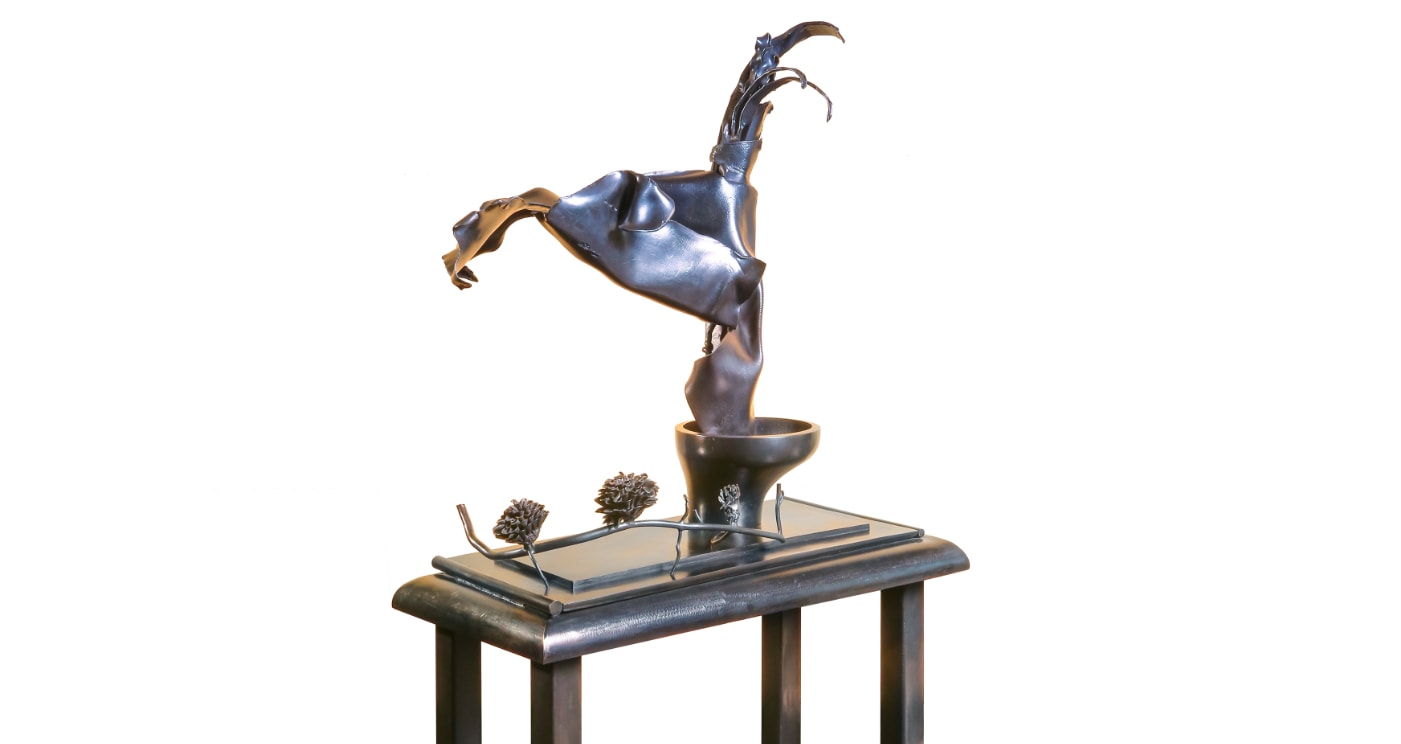Challenging glassworking while honoring those who created the boundaries he pushes
Paul van den Bijgaart has traveled the world in the name of glass. Through Canada, the United States, and even China, he has pursued the guidance of masters in this medium which rekindled his artistic fire. All it took was the simple yet profound act of opening the furnace to change his career path forever.
Now in Virginia attending VCU, he is seeking out new influences as he develops his personal style as an artist.
“The professors here, their work is very experimental. It challenges the perception of the material and how people approach and utilize it.”
Painting doesn’t initially come to mind when considering glass as an art medium. Still, this unique technique is what Paul has been exploring thanks to the mentorship of his professors and their unorthodox methods. It is featured heavily in his latest collection, ‘Liquid Landscapes’.

n his quest for the experimental, he also keeps glassworking’s long history at the forefront of his creative process. In forging his own path, he also wants to honor those who have developed the techniques he is mastering, while simultaneously pushing the boundaries.
“I try to pull on the historical development of the craft, and recognize the lineage of craftspeople who have set the fundamentals and how people associate with it in ritualistic ways and consumption.”
His art has been largely inspired by his time spent in China, his exposure to the history of the craft within Chinese culture, and the use of handmade glass pieces in ritualistic consumption. Paul spent much time reflecting on the roots of glass worldwide; from tea ceremonies in China to the Venetian craftspeople in Italy and the creation of goblets. The body of work he developed most recently focuses on using a water-like ink painting effect that he could explore to capture fluidity and movement, like the liquids help in the tea sets and goblets that inspired him.
“Glass records your movements and motions. It’s evident within a finished piece, whether it looks like it’s been tortured through the process, or a very elegant process. The hand of the maker is very prevalent even though you can never touch it with bare hands.”
With ‘Liquid Landscapes’, Paul spent time recalling his own history, the landscapes of his youth, and the awe-inspiring landscapes of the cultures that influence his work. Part of his studies, which is reflected in the collection, is the area in which eastern and western philosophies view the natural world in contrasting ways.

“It’s been a big inspiration for me to find harmony through the process of making, and use that to reflect on the landscapes I grew up in, like the Rocky Mountains. The work is very loose, and it’s open to interpretation, but my inspiration came from the mountains, waterfalls, and frozen landscapes.”
Places To Be
See this month's local flavours, products, and services.

